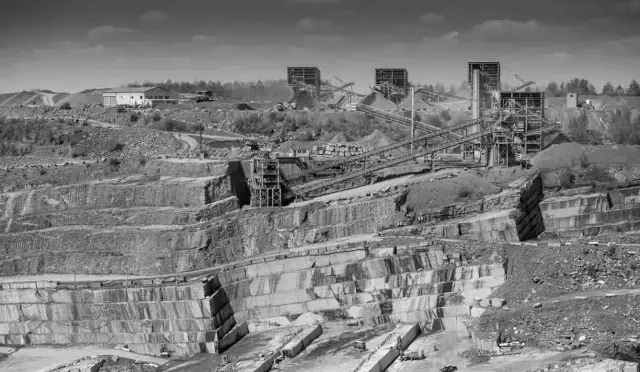Anticipating how institutional investors are positioning themselves with regard to big stocks may seem like an arcane science, but since 2016 Bath-based artificial intelligence specialists Irithmics have been researching how anticipated demand for stock by big buyers can be anticipated. This is important because anticipated demand can translate into share price moves as well.
One of the major uses for this intelligence is of course to help listed companies time the release of news, or to assist brokers with the release of new reports to the market. Up until now this has been something of a ‘finger in the air’ exercise on the part of IR firms. The new data brings new insights which some firms in the City of London are now known to be looking at.
In this assessment Irithmics has been able to use historic share price data from Diageo [LON:DGE] as an overlay for its analysis of the supply/demand picture its technology was able to generate.
Measuring institutional appetite for Diageo stock
On 31 Dec 2019, Irithmics anticipated institutional strategy appetite for Diageo over the subsequent 90 days. Essentially, this was the AI’s assessment of how the strategies behind institutional portfolios were likely to change their exposure to DGE. The AI marks periods around which it anticipates allocations of capital towards Diageo shares with Blue lines and conversely, periods around which it anticipates liquidations of capital away from Diageo with Red lines (again, these lines were marked on 31 Dec 2019). Now that Diageo’s stock price is known, Irithmics have plotted this for comparison.
Irithmics is not attempting to predict stock price, returns or volatility. It is however, anticipating the increase (or decrease) in institutional demand for Diageo caused by these portfolios seeking to increase (or reduce) their exposure.
Price is simply a useful and informative proxy reflecting this supply/demand.
This period is interesting because it covers the market disruption due to the Covid-19 pandemic. The chart shows an anticipated reduction in exposure towards the end of Feb 2020. Market uncertainty around Covid-19 is likely to have compounded this. Similarly, an increase in exposure towards mid-March appears to have had no impact on investors’ allocations – again, this is likely affected by Covid-19.
As the AI analysis provides insight into when institutional portfolios are likely to increase or decrease exposures, it also offers clues to when broker ratings and recommendations might most effectively resonate with the buy-side. Irithmics is exploring how this might be used with a number of research driven firms to enhance the timeliness and efficacy of their research.















